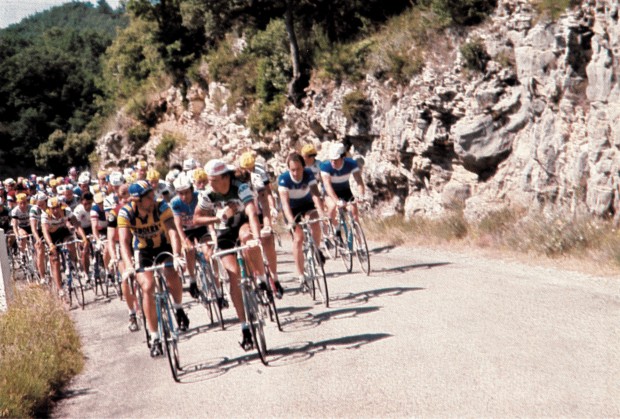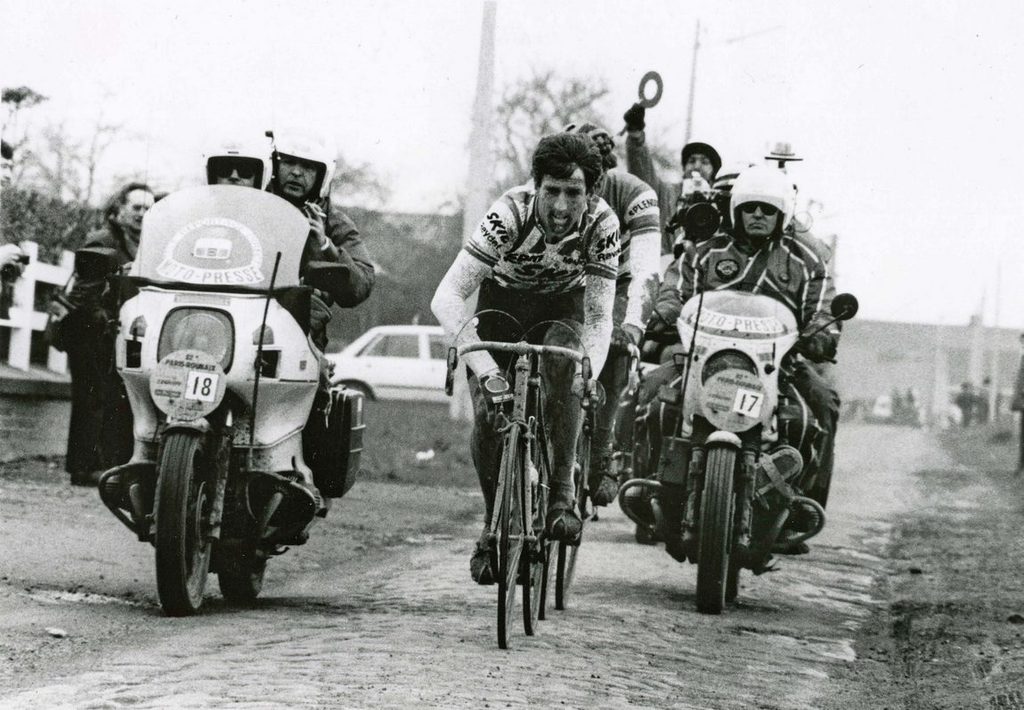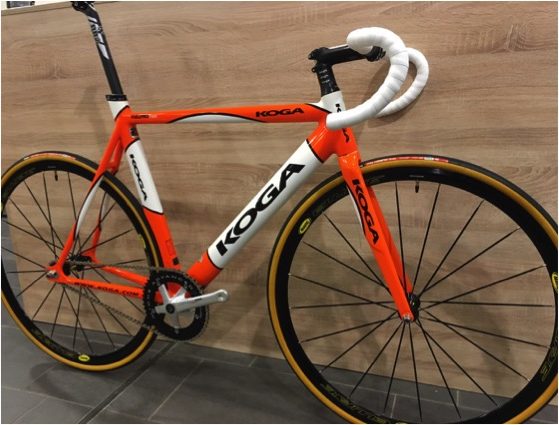Guest Article: Let’s be Friends

@wiscot reminds us, things have not always been this way. He is a historian of the sport and it’s always useful to be reminded of how the Tour de France arrived to the here and now. The Tour used to be the last grand tour of the season; a way for some to get fit for the World Championships two weeks later. It was the French Vuelta. Could a team as green as the 1986 7-Eleven bunch get a wild card slot now. I don’t think so.
Yours in Cycling, Gianni
The Tour de France is huge. It dominates our sport like a colossus. The Giro and Vuelta try hard to compete but, despite their best efforts, success at the Tour is the goal that every top rider and team aspire to add to their palmares. The recently established Pro Tour means that for teams and sponsors, getting a spot on the Tour starting line is critical to their season’s plans and continued commercial viability; it’s no coincidence that Belkin is taking over sponsorship from Blanco beginning with the Tour. The competition for inclusion is fierce: no Tour spot? Who are you again? Over the years the tour has grown to the point that this June 29th twenty teams are invited and 200 riders will take the start. It wasn’t always this way.
Way back in ancient history, or 1980 to be precise, the Tour was a much smaller beast. For sure, it still had the #1 status it continues to enjoy, but coming out of the Merckx/Thevenet years and on the cusp of the Hinault era, the tour was in a bit of a transition as it was in the 80s that the sport transformed itself technically and commercially.
The 1980 edition began with 130 riders from 13 teams. Italian teams effectively sat out the race, having focused on their domestic grand tour in May. Kelme and Teka showed up for Spain, but remember that in 1980 the Vuelta was held in April/May, before the Giro; the September switch was made in 1995. In essence, the three Grand Tours were compressed into a late April – end of July time slot. So scarce were pro teams ready and willing to sign up for La Grande Boucle, that the organizers did something unimaginable today: they cobbled together a motley team of six Frenchmen (Phillippe Durel, Ferdinand Julien, Jacques Osmont, Phillippe Tesniere, Patrick Thevenard, and Alain Vigneron), two Belgians (De Kayser and Benny Vermeulen), one Dutchman (Jan Jonkers) and an Austrian (Erich Jagsch), found a couple of sponsors to bankroll the enterprise and invited them to the party. The name of this rag-tag outfit? Boston-Mavic-Amis du Tour. Boston made refrigerators, Mavic bike components. The jersey was plain blue and white with virtually no logs bar the Tour’s official one. Of the ten who started only four finished. They won no stages and the highest placed finisher was Julien in 23rd place.
There’s something wonderfully sweet and almost amateurish about this scenario, and I’m as guilty as the next cycling fan of donning rose-tinted glasses and adopting a “wasn’t it just better back then?” attitude. In many ways it wasn’t. Riders were paid peanuts, equipment and support (by today’s standards) were woeful. Riders were expected to ride for almost the entire season and not cherry-pick their race programs. Long transfers and split stages were the norm. (Lemond and Hinault had profound positive influence on both of these last two criteria; the former raising the salary and technology bars and the latter threatening, or actually leading, strikes in protest about riders being treated like circus animals). But for a moment, let’s go back 33 years to celebrate a bunch of misfits who got invited to the big show. They undoubtedly had dreams of glory that were ultimately unfulfilled, but they were there, they competed, and they can say “I rode the Tour de France.” We should be so lucky. Salut les amis!

